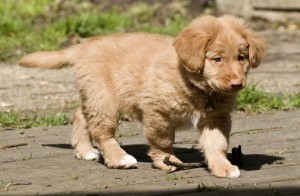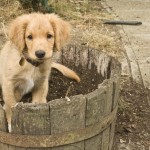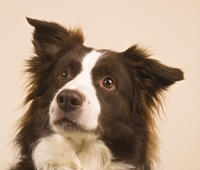Why You Should Train Your Small Dog
The reasons for training large, powerful dogs are obvious and abundant. You need to be able to control them and they’re often much stronger than you. They can very easily outrun you and it’s very possible they could hurt another person, whether intentionally or inadvertently. Even just walking a bigger dog on a leash can be next to impossible if the dog hasn’t received some basic obedience training.
Small dogs, on the other hand, are not strong or threatening. All you have to do is pick them up – problem solved, right? Wrong. It’s very important for you and for your small dog that you take it through at least some basic obedience training. The health of your dog and your relationship with them will be greatly improved with just a small investment in obedience training.
Aggression
Aggression in small dogs is very common. Many small dog owners don’t see this as a problem because they figure their dog is too small to hurt anyone. This is both an errant assumption to make and an insufficient reason not to address your dog’s aggressive behavior. Aggression is just as much a problem in small dogs as it is in larger dogs.
Small dogs are very likely to become aggressive precisely because they never receive the obedience training that larger dogs get. People tend to think that everything they do is cute and so inappropriate behavior is rewarded. Also, the easiest way to control a small dog is simply to pick them up. This gives them the attention they want and reinforces the inappropriate behavior as well.
Being the Alpha
All of these dynamics make the small dog think it is in control – it is the dominant one in the owner-dog relationship. If you don’t assert your dominance effectively and consistently, your dog will forever be fighting you for the top spot in the pack. This is not going to get your dog to behave well and it’s not healthy for the dog either.
The benefits of obedience training are not limited to the specific commands you teach your dog. By taking your dog through an obedience training regimen, you’re establishing your authority and opening a clear line of communication with your dog. Having this type of relationship with your dog is just as important no matter what size your dog is.
Safety
Having an established way of communicating with your dog is definitely important for the health of your relationship with your dog, but it’s also vital to ensuring his safety as well. When your dog listens to you and respects your authority, you can protect it from a variety of dangerous situations. If you don’t have the tools to command your dog’s attention and respect, you won’t be able to keep him safe nearly as effectively.
If you own a small dog, you no doubt want the best for it. In order to make sure you’re giving your dog the best care possible, it is terribly important that you take it through some basic obedience training. This really takes very little effort and the benefits are numerous. You may very well be shocked at how much some simple training can improve your relationship with your dog.
Claudie on October 5th 2010 in Dog behavior, Dog Ownership, Toy Dogs, training Tips


